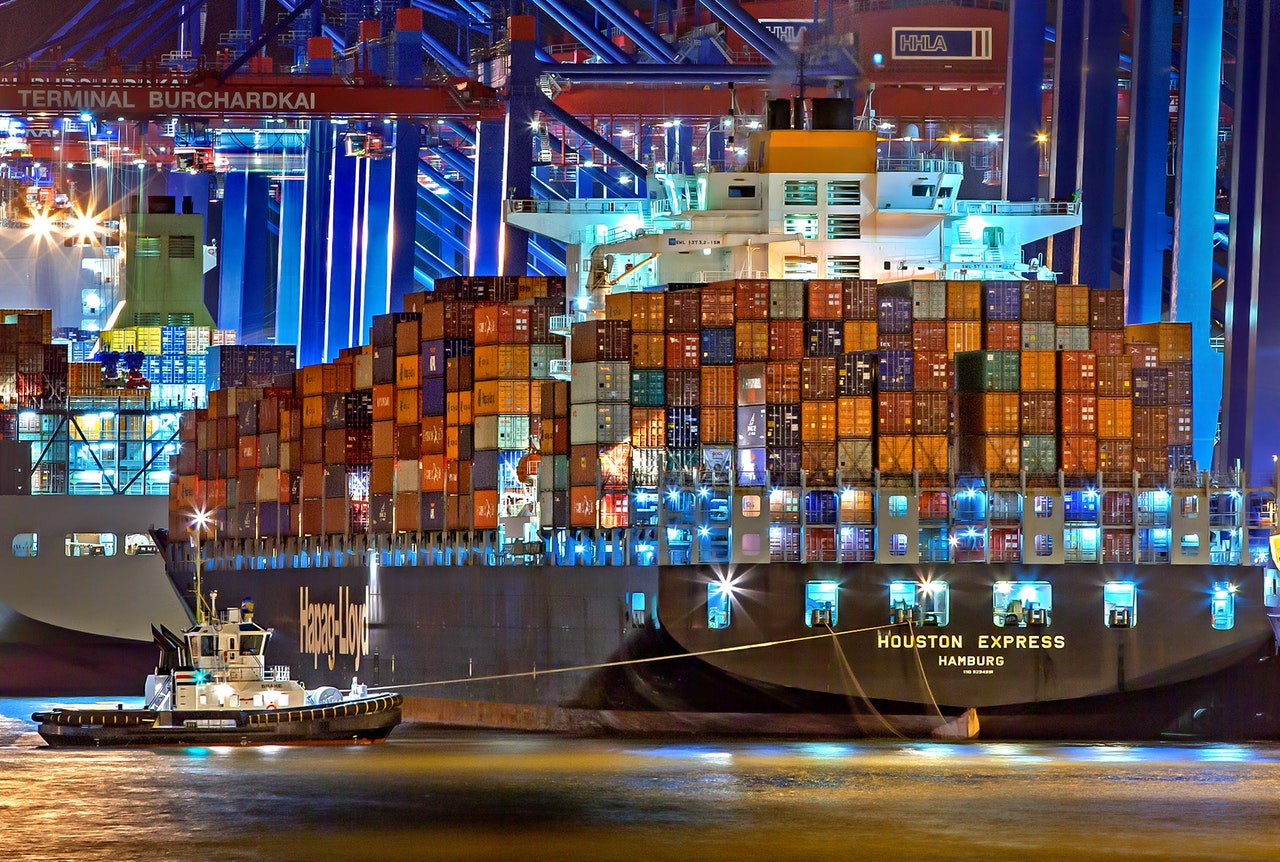- Choosing the right distribution channel as fast fashion and e-habits are rising exponentially
- Ability to pass on price increase to customers as commodity prices are rising once more, to contain margins’ erosion
- Changes in trade barriers since the US withdrew from the Trans-Pacific Partnership talks is likely to turn the focus to regional agreements
- Value-added specialty as technical textile to prove the most resilient segment
Fashion-forward: When will trade re-boost Textile and Clothing?
2016 proved more challenging than expected for the Textile and Clothing (T&C) sector as the world economy failed to break the +3% GDP growth rate. T&C output sales decreased by -1.5%. This decline is mostly attributable to the protracted lower-than-bearable demand that resulted in a deflationist spiral. At best, T&C producer prices remained stable, as in China, but they decreased in most cases. US PPI was down -1.2% on average in 2016 while India’s shed -1.8%. As a result, international trade, which accounts for a third of total T&C output, lost USD40bn worth of business.
The outlook for 2017 is less grim. Price increases are resuming due to firmer demand prospects. T&C producer prices are forecasted to rise +0.5% in 2017 in the US and China, and by +1.5% in 2018 for the latter. As a result, exports should climb by +3.5% to USD925bn, if no major occurrence upends international trade.
Indeed, a rise in protectionist mood and the termination of Trans-Pacific Partnership trade deal talks could land a blow to the T&C sector. Tariffs and regulations are already high and pinpointed as impeding sector growth.
